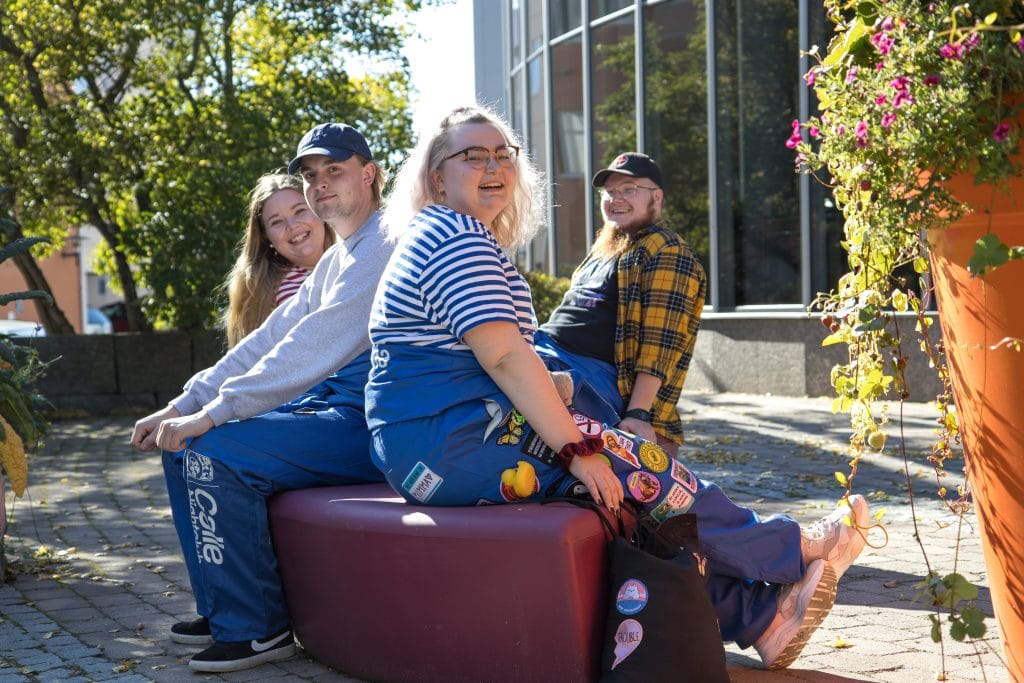- Home
- City of Kokkola
- Advocacy priorities
- Employment and know-how
The planned new investments in the Kokkola region will significantly increase the labor demand. At the same time, the shrinking working-age population and declining birth rates pose challenges for the city in securing skilled labor
-
Ensuring sufficient resources for vocational education and training, and integration.
The planned cuts to vocational education and training will irreversibly weaken the level of competence. The availability of skilled labor is crucial for attracting large international investments to the region. With the TE25 reform, regions must prepare for investments by providing adequate, work-oriented education.
Offering foreign-language workers and professionals the chance to gain qualifications that meet Finnish labor market requirements is crucial for effective integration.
Kokkola’s goal is to ensure sufficient resources for vocational education and training. It is also necessary to provide education in English. To support the integration of immigrants into the region, it is important to provide sufficient Finnish and Swedish language courses.
***
Objective:
Ensuring the role of vocational education and training as well as careful integration.
Measure:
Vocational education is facing significant threat of funding cuts, and currently, the continuous development of operations relies on external project funding. Under the current cuts, there is a risk of irreversibly lowering the level of competence and reducing the capacity of vocational education to deliver training. Finnish working life is internationally recognized for its vocational and specialized character. It is essential to preserve this brand and maintain our competitiveness. The availability of skilled labor is a key prerequisite for attracting major international investments to the region.
As part of the TE25 reform, it is essential to prepare for major investments by ensuring that jobseekers receive adequate, employment-oriented training, and that foreign-language speakers are qualified to meet the requirements of Finnish working life.
Schedule:
As of January 1, 2025
-
The employment services’ customer service model should be developed to allow more flexibility in managing customer work. The 2022 reform of the job seeker’s service process made the customer process more mechanical, rigid, and uniform. The current process does not meet the diverse service needs of customers.
Kokkola’s goal is to further develop the current rigid and mechanical model to better accommodate expert discretion and address the individual needs of each customer.
***
Objective:
The employment services’ customer service model should enable expert discretion and support a range of complementary solutions.
Measure:
The jobseeker’s service process underwent a reform, and the new customer service model came into force on May 2, 2022. The revised process has become more mechanical, rigid, and uniform than before. As a result, the rigid model tends to over-serve those with minimal service needs while under-serving those who require more comprehensive support.
If the current model were implemented in accordance with legal requirements, each employee should be responsible for a client portfolio of no more than approximately 40 to 50 individuals. Due to municipalities’ own resourcing efforts, for example in Central Ostrobothnia, client portfolios have reached approximately 130 individuals per employee. The mechanical implementation of the current service model will require even greater additional resources from municipalities to manage the client process effectively.
Going forward, the customer service model must be developed in a way that allows greater flexibility in the implementation of client services.
Schedule:
As of January 1, 2025
